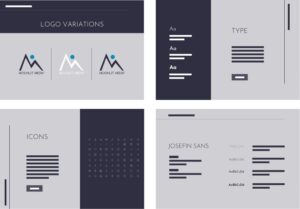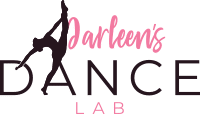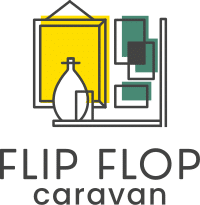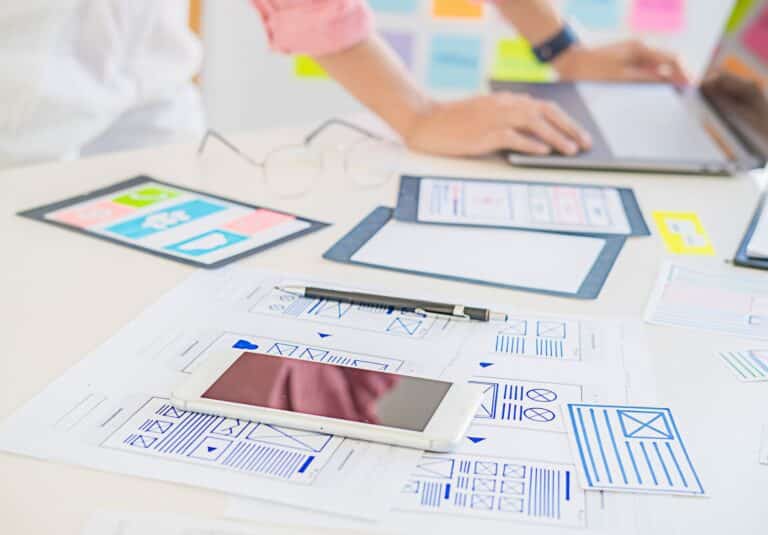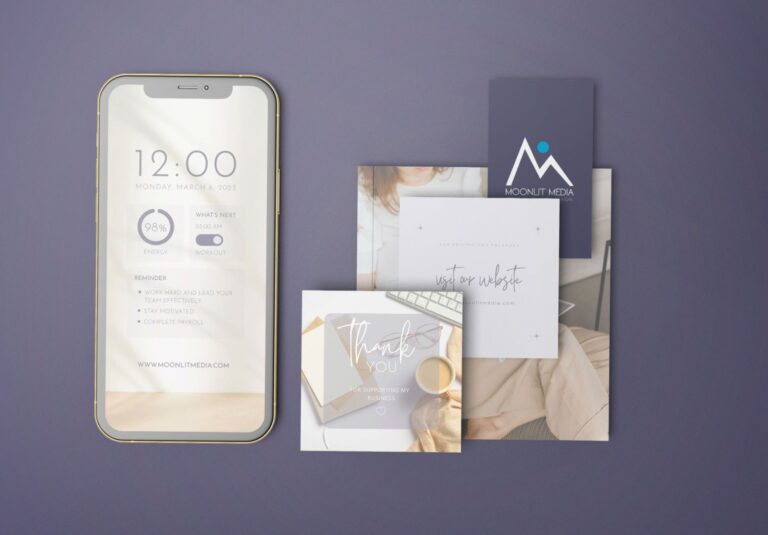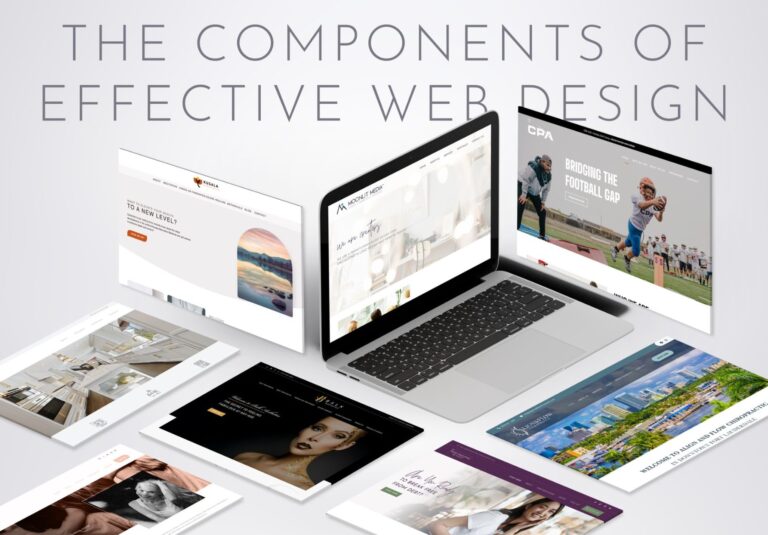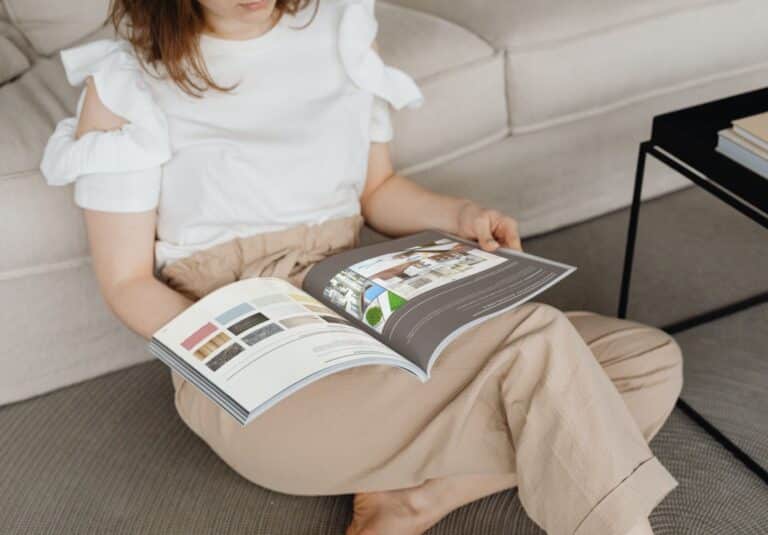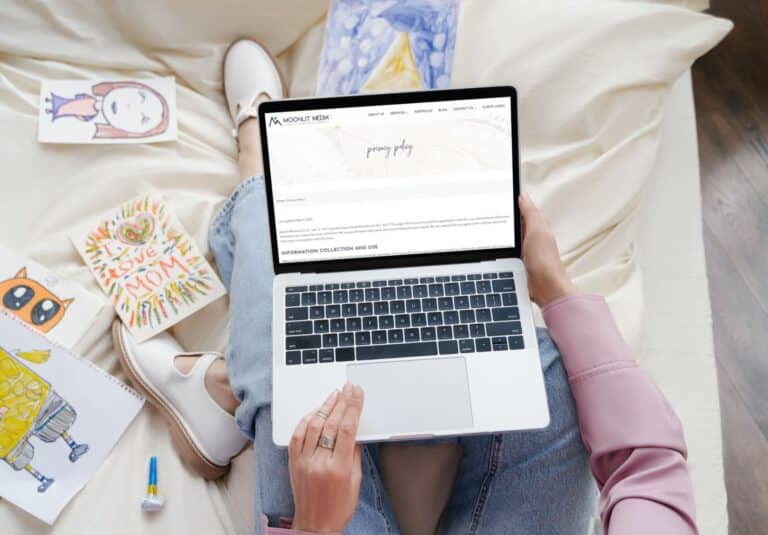Collaborating with a graphic designer is an exciting opportunity to bring your creative vision to life. Whether you’re working on a branding project, marketing materials, or a website design, effective communication is the key to a successful collaboration.
This week, we’re focusing on strategies for communicating your vision to a graphic designer, ensuring that your project achieves the desired results.
Define Your Goals and Objectives
As you begin working with a graphic designer, take the time to define your project’s goals and objectives. Ask yourself:
- What message or feeling do you want your design to convey?
- Who is your target audience?
- What are your project’s specific goals (e.g., increase brand recognition, drive sales, inform customers)?
- Are there any constraints or limitations (e.g., budget, timeline, brand guidelines)?
Having a clear understanding of your project’s purpose will help you communicate your vision effectively to the designer.
Create a Design Brief
A design brief is a document that outlines all the essential details of your project. It serves as a roadmap for the graphic designer and copywriters, which helps ensure that everyone is on the same page.
When you begin a project with Moonlit Media, we send you a rather extensive questionnaire that helps us develop a detailed project brief. This ensures our staff all understand a project before they begin, which allows us to streamline the process.
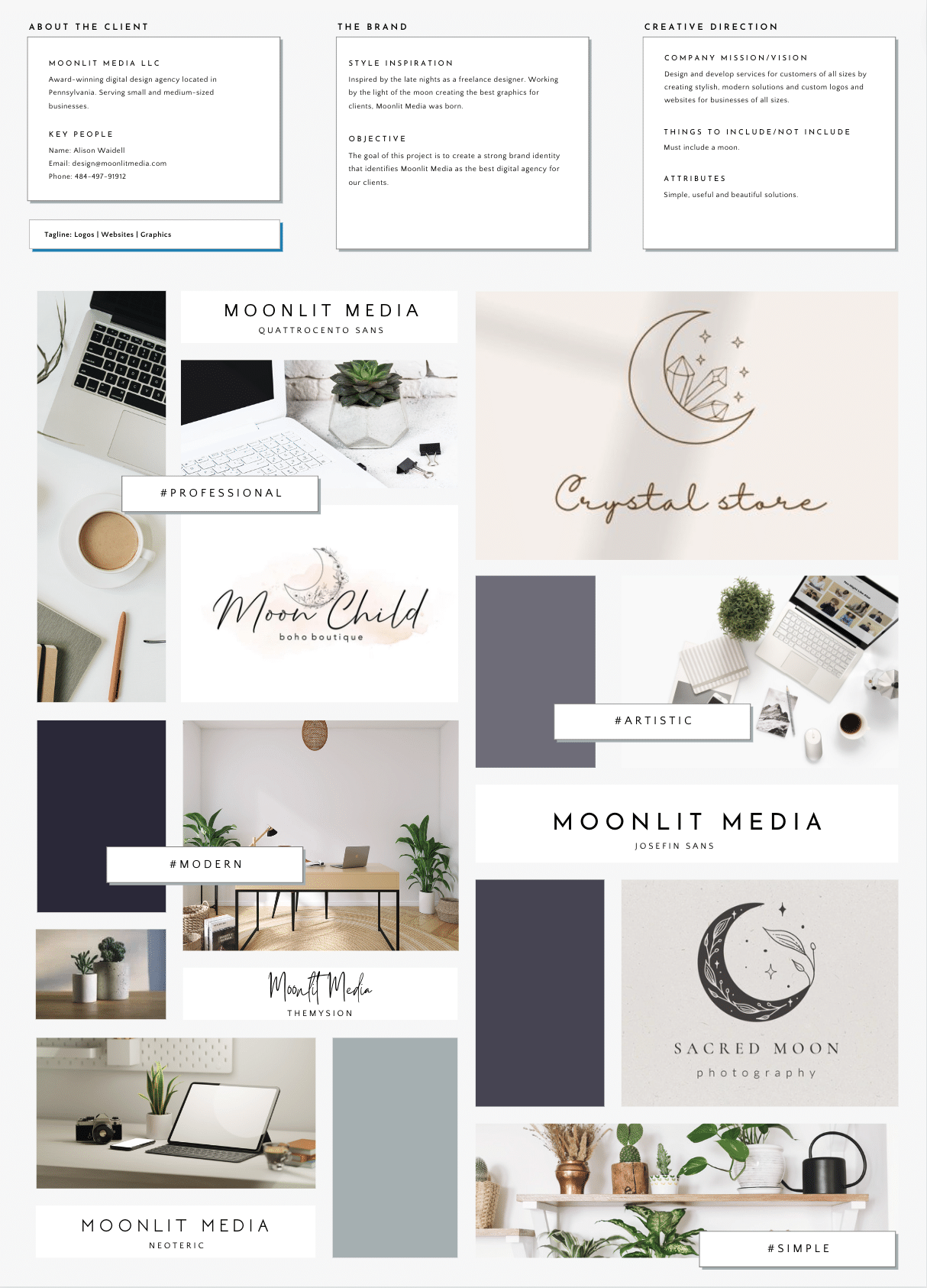
A comprehensive design brief should include:
- Project overview: Describe your business, industry, and the context of the project.
- Objectives: Clearly state what you want to achieve with the design.
- Target audience: Define your audience’s demographics, preferences, and needs.
- Key messages: Identify the main points or messages that the design should convey.
- Brand guidelines: If applicable, provide any existing brand assets, such as logos, colors, and fonts.
- Competitor analysis: Share information about your competitors’ designs, highlighting what works and what doesn’t.
- Examples: Include reference images or designs that align with your vision.
- Deliverables: Specify the types of files or formats you need for the final design.
Visual References and Inspiration
Visual references are a powerful way to convey your vision to a graphic designer. Share examples of designs, images, or styles that resonate with you. These references can help the designer understand your aesthetic preferences, color choices, and overall design direction.
Be Open to Feedback and Collaboration
Effective collaboration requires open and constructive communication. Encourage a two-way dialogue with your graphic designer. Listen to their insights, suggestions, and expertise. A collaborative approach often leads to innovative solutions and better outcomes.
Provide Clear and Specific Feedback for the graphic designer
When reviewing design drafts or concepts, provide clear and specific feedback. Avoid vague comments like “make it pop” or “I’m not sure, but it’s not quite right.” Instead, try to pinpoint what you like or dislike about the design, and offer actionable suggestions for improvement.
Respect the Design Process
Graphic design is a creative process that involves multiple iterations and revisions. Understand that the initial design may not perfectly align with your vision, but it’s a starting point. Be patient and allow the designer to refine the design based on your feedback.
Set Realistic Expectations with your graphic designer
While it’s essential to communicate your vision, it’s equally important to have realistic expectations regarding timelines and outcomes. Complex projects may take time to develop, and revisions are part of the design process. Discuss project milestones and timelines with your designer to ensure everyone is on the same page.
Final Approval and Delivery
Once the design is refined and meets your expectations, provide clear approval for the final version. Ensure that all project specifications, such as file formats and sizes, are met. Make sure you understand the terms of the delivery and payment, and keep communication open for any potential future collaborations.
Collaborating with a graphic designer can yield exceptional results when you effectively communicate your vision. By defining your goals, creating a detailed design brief, sharing visual references, and fostering open communication, you can work closely with your designer to bring your creative ideas to fruition. Remember that successful collaboration requires mutual respect, patience, and a willingness to embrace the creative process.


